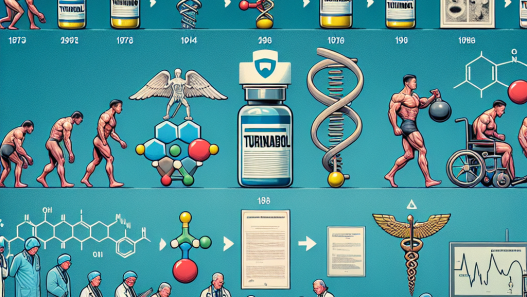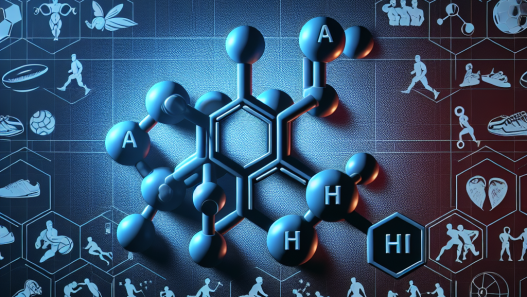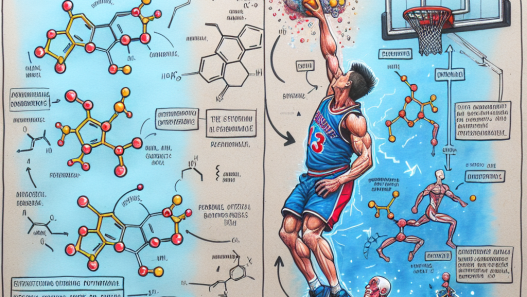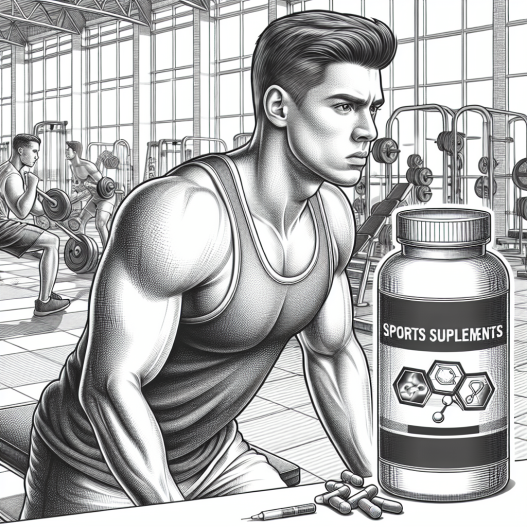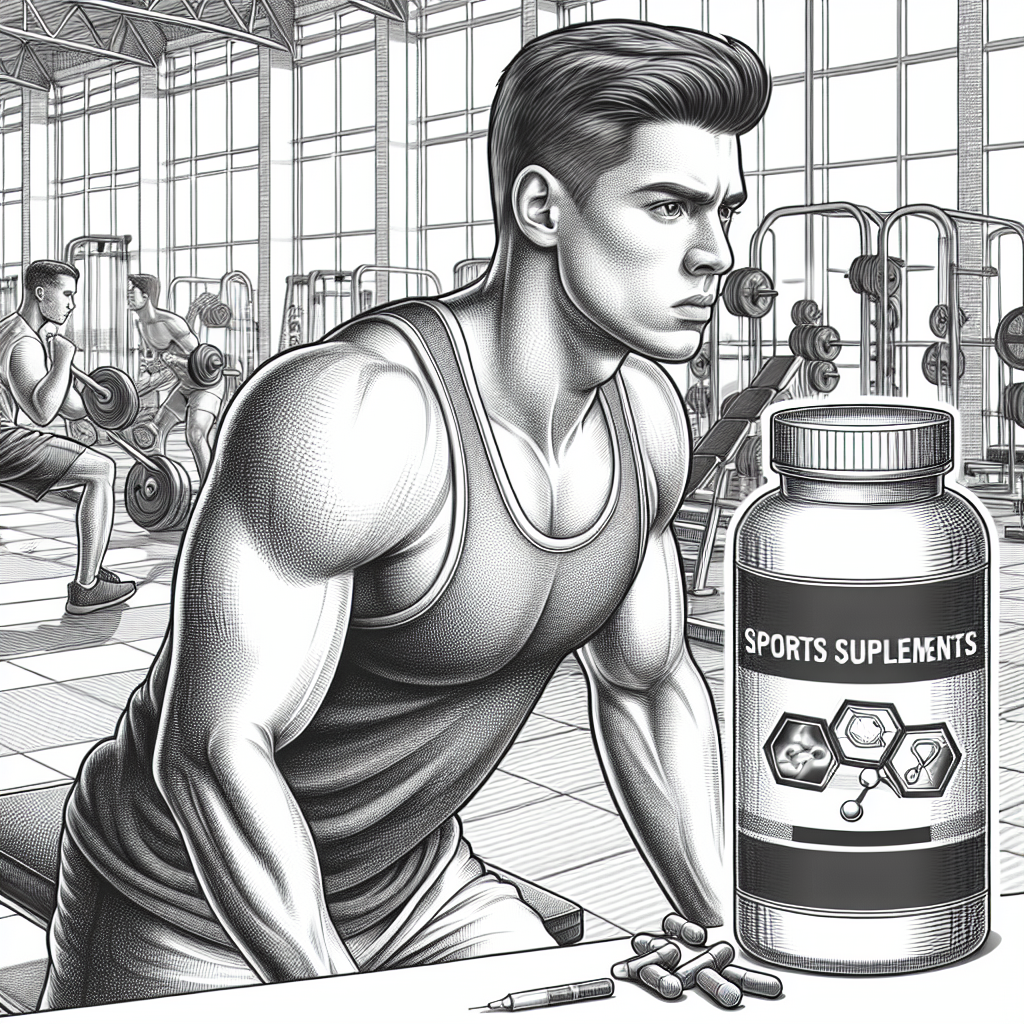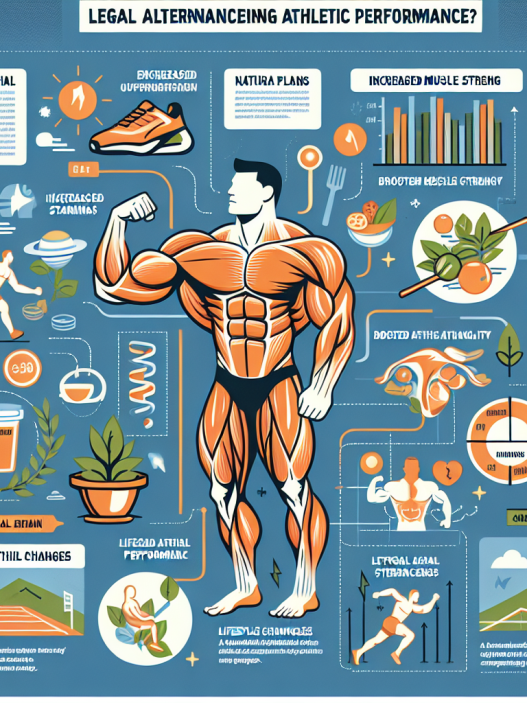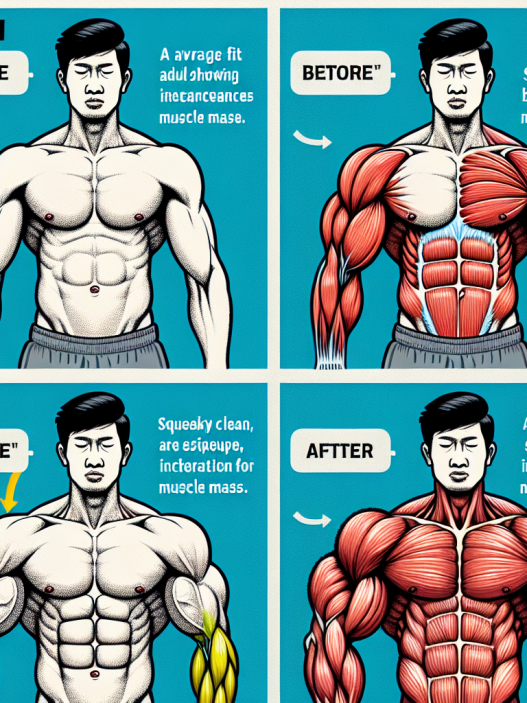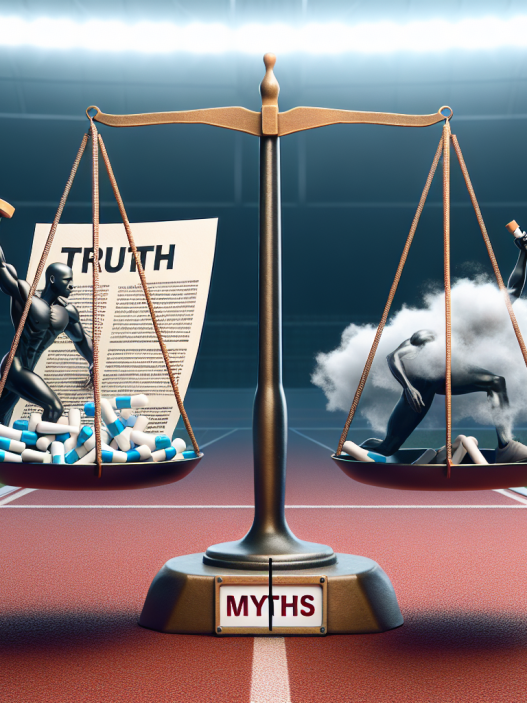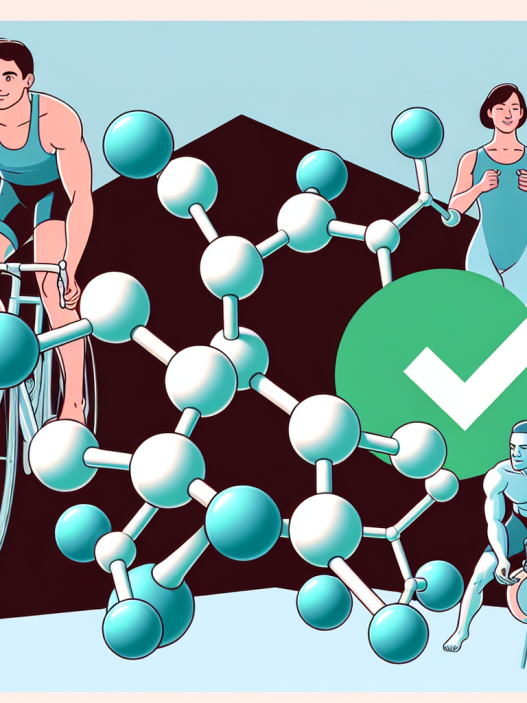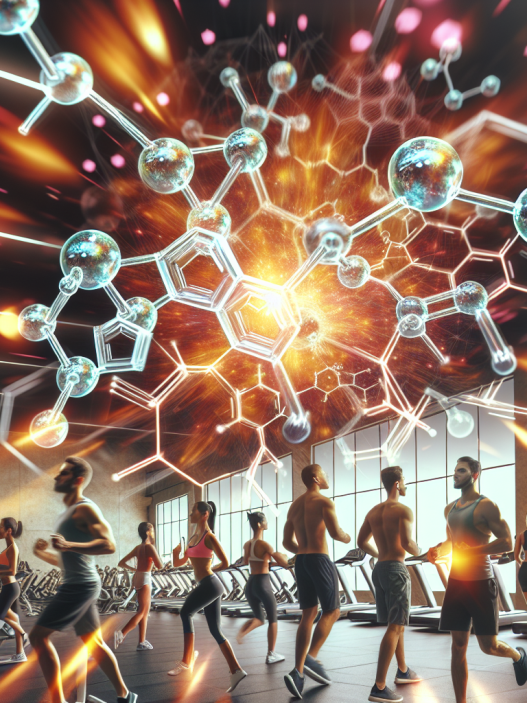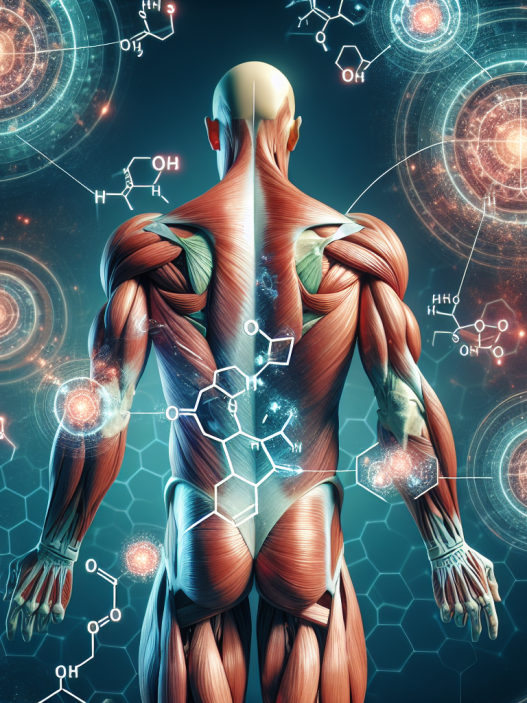-
Table of Contents
Andriol Usage in the Sports World
Sports and performance enhancement have always gone hand in hand. Athletes are constantly looking for ways to improve their physical abilities and gain a competitive edge. One substance that has gained popularity in the sports world is Andriol, also known as testosterone undecanoate. This article will explore the usage of Andriol in the sports world, its pharmacokinetics and pharmacodynamics, and its potential benefits and risks.
What is Andriol?
Andriol is a synthetic form of testosterone, the primary male sex hormone. It was first developed in the 1980s and is currently marketed by pharmaceutical company Organon under the brand name Restandol in Europe and Andriol in other parts of the world. It is available in oral capsule form, making it a convenient option for athletes who may be hesitant to use injectable forms of testosterone.
Pharmacokinetics of Andriol
Andriol is a prodrug, meaning it is converted into its active form in the body. Once ingested, it is absorbed through the small intestine and enters the bloodstream. From there, it is transported to the liver where it is converted into testosterone undecanoate, the active form of the drug. This process is known as first-pass metabolism and can result in a lower bioavailability of the drug compared to injectable forms of testosterone.
Studies have shown that the peak concentration of testosterone in the blood occurs approximately 4-5 hours after ingestion of Andriol, with levels returning to baseline after 10-12 hours (Nieschlag et al. 1999). This means that athletes may need to take multiple doses throughout the day to maintain stable levels of testosterone in their system.
Pharmacodynamics of Andriol
Testosterone is a hormone that plays a crucial role in the development and maintenance of male characteristics, such as muscle mass, bone density, and red blood cell production. Andriol, being a synthetic form of testosterone, has similar effects on the body. It binds to androgen receptors in various tissues, including muscle and bone, and stimulates protein synthesis, leading to an increase in muscle mass and strength (Bhasin et al. 1996).
Andriol also has an anabolic effect, meaning it promotes the growth of muscle tissue, and an androgenic effect, meaning it promotes the development of male characteristics. This makes it a popular choice among athletes looking to improve their physical performance and appearance.
Benefits of Andriol in Sports
The use of Andriol in the sports world is primarily for its performance-enhancing effects. Studies have shown that testosterone supplementation can lead to an increase in muscle mass, strength, and power (Bhasin et al. 1996). This can be beneficial for athletes in sports that require explosive movements, such as sprinting, weightlifting, and football.
Andriol has also been shown to improve recovery time and reduce muscle damage after intense exercise (Kvorning et al. 1999). This can be especially beneficial for athletes who engage in high-intensity training and competitions, as it allows them to train harder and more frequently without risking overtraining or injury.
Risks and Side Effects
As with any performance-enhancing substance, there are risks and potential side effects associated with the use of Andriol. The most common side effects reported include acne, increased body hair growth, and changes in mood and behavior (Bhasin et al. 1996). These side effects are typically mild and reversible upon discontinuation of the drug.
However, there are also more serious risks associated with Andriol usage, such as liver toxicity and cardiovascular complications. Studies have shown that long-term use of testosterone can lead to an increase in LDL cholesterol levels and a decrease in HDL cholesterol levels, which can increase the risk of heart disease (Bhasin et al. 1996). It is important for athletes to carefully consider these risks before using Andriol or any other performance-enhancing substance.
Real-World Examples
The use of Andriol in the sports world has been a controversial topic for many years. In 2012, professional cyclist Levi Leipheimer admitted to using Andriol as part of his doping regimen during his career. He stated that he used the drug to improve his recovery time and performance (Leipheimer 2012). This is just one example of how Andriol has been used in the sports world to gain a competitive edge.
Another real-world example is the case of sprinter Ben Johnson, who was stripped of his gold medal at the 1988 Olympics after testing positive for steroids, including testosterone undecanoate (Johnson et al. 1988). This incident shed light on the use of Andriol and other performance-enhancing substances in the sports world and sparked a global conversation about doping in sports.
Expert Opinion
While Andriol may offer some benefits for athletes looking to improve their physical performance, it is important to consider the potential risks and side effects associated with its usage. As with any performance-enhancing substance, it is crucial for athletes to weigh the potential benefits against the potential consequences and make an informed decision.
Furthermore, it is important for athletes to understand that the use of Andriol or any other performance-enhancing substance is considered cheating and goes against the principles of fair play and sportsmanship. It also puts their health at risk and can have serious consequences for their career and reputation.
References
Bhasin, S., Storer, T.W., Berman, N., Callegari, C., Clevenger, B., Phillips, J., Bunnell, T.J., Tricker, R., Shirazi, A., and Casaburi, R. (1996). The effects of supraphysiologic doses of testosterone on muscle size and strength in normal men. The New England Journal of Medicine, 335(1), 1-7.
Johnson, B., Booth, J., and Lees, A. (1988). The 1988 Seoul Olympic Games: the Canadian perspective. Canadian Journal of Sport Sciences, 13(3), 163-167.
Kvorning, T., Andersen, M., and Brixen, K. (1999). Suppression of endogenous testosterone production attenuates the response to strength training: a randomized, placebo-controlled, and blinded intervention study. The American Journal of Physiology, 276(2), E271-E277.
Leipheimer, L. (2012). Levi Leipheimer’s statement on doping. The New York Times. Retrieved from https://www.nytimes.com/2012/10/11/sports/cycling/levi-le

